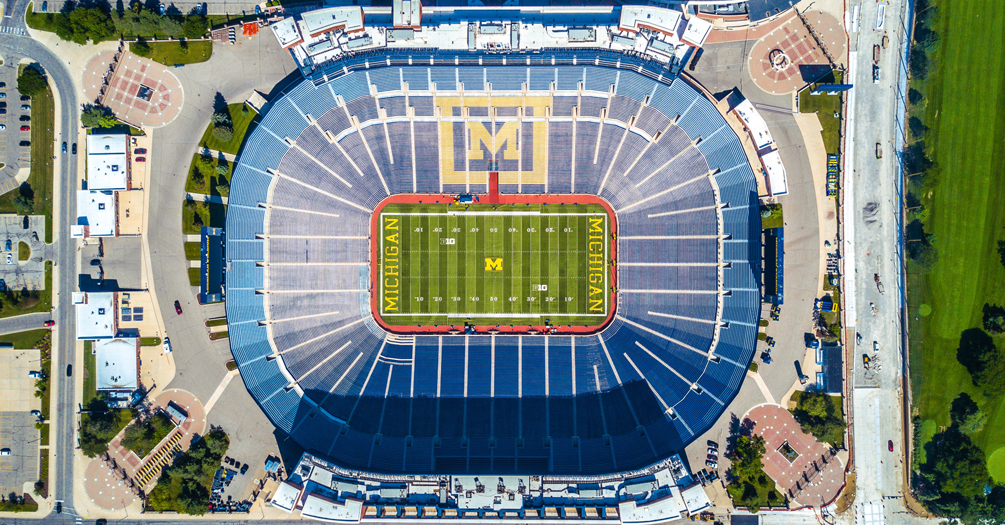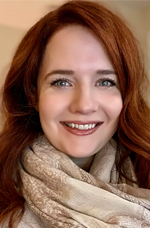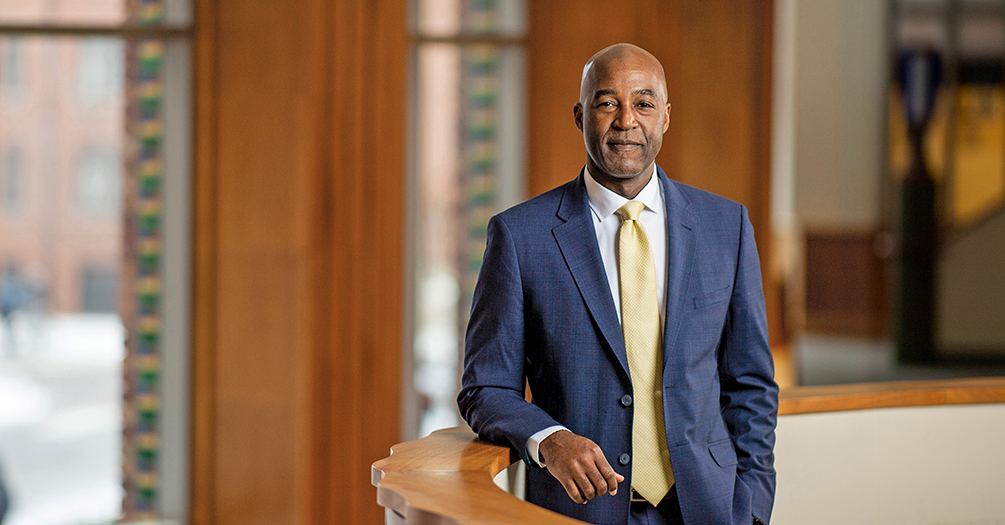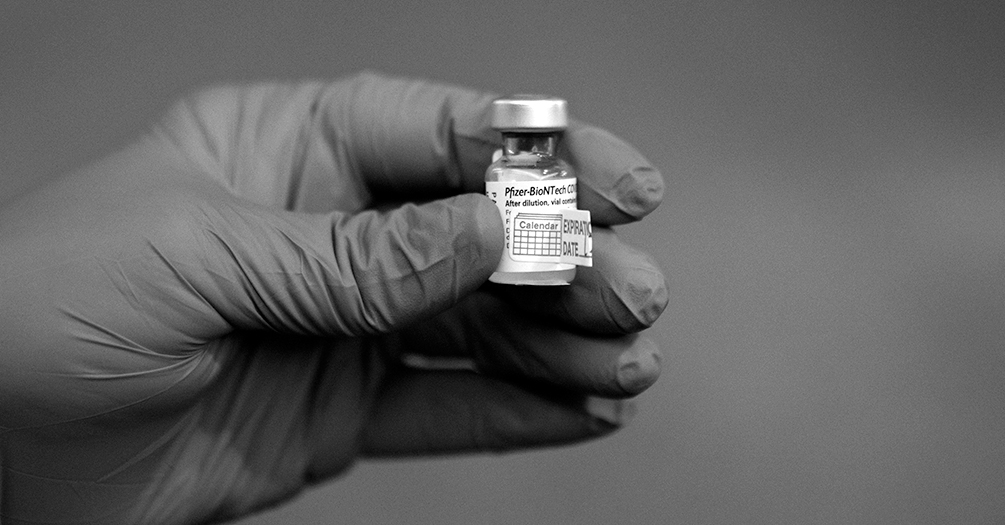Learning Public Health Practice in a Virtual World

Q&A with Elizabeth Zaebst
Master’s Student in Nutritional Sciences
 This fall, School of Public Health students participated in a virtual preparedness
exercise with the Washtenaw County Health Department called When Football and COVID-19
Meet. Organized by the Office of Public Health Practice and the Public Health Action
Support Team (PHAST), this innovative approach to formal training in public health practice ensures that
students have access to professional experience even during the pandemic.
This fall, School of Public Health students participated in a virtual preparedness
exercise with the Washtenaw County Health Department called When Football and COVID-19
Meet. Organized by the Office of Public Health Practice and the Public Health Action
Support Team (PHAST), this innovative approach to formal training in public health practice ensures that
students have access to professional experience even during the pandemic.
We asked participant Elizabeth Zaebst, master’s student in Nutritional Sciences, for her perspectives on the collaboration and the key skills she gained from the experience.
What was the goal of the program and how did you connect with the Washtenaw County Health Department?
The exercise was held on a Saturday morning on Zoom. When we arrived on the call, a representative from the Washtenaw County Health Department was there to help us learn more about their role in emergency response for the county. The goal of the program was to train us in emergency response. We learned in detail what goes into emergency preparedness, and we learned about the formal roles of each team member—roles we too might have someday soon. We looked at the paperwork we’d have to process in an emergency and practiced collaboration and communication with teammates.
For part of the exercise, we were broken into teams and given a specific task to complete. We had more roles to fill than people to fill them, so we learned the challenges and opportunities of juggling more than one role when a team is not fully staffed.
What type of emergency did you use as your case model?
We were planning public health protocols for holding a hypothetical football game, with fans in the stadium, during the COVID-19 pandemic—a local scenario where we’d be familiar with many of the surrounding logistics already and could focus on the details of the emergency preparedness. We were presented with imaginary escalations, including a protest outside of the stadium, and were expected to manage and respond to everything while keeping COVID-19 prevention measures in place and keeping everyone safe generally.
We learned the challenges and opportunities of juggling more than one role when a team is not fully staffed.
We started the day learning about incident command system (ICS) structures and taking on various roles within our teams to get a feel for each responsibility. With those roles in mind, each team then created a plan for having fans at the stadium for a game during the pandemic. Additional challenges arose during the day, and we had to find solutions that kept everyone as safe as possible.
What did you observe about the types of partnerships we have with local community health departments?
It seemed as though having a strong level of support and communication with the local community health departments was highly critical for a smooth operation when trying to plan and be prepared for challenges like the one that we worked on. Having clear communication, in particular, seemed to be an important component.
What was it like to participate in a public health practice exercise in a virtual format?
It went remarkably well. The use of breakout rooms made it easy to manage the transitions from full-group sessions to team planning. PHAST leadership’s proficiency with Zoom and our ability to collaborate easily through shared Google docs made the whole process relatively seamless. In some ways, a virtual exercise like this has some benefits—everyone can see the document we’re working on with updates in real time, and everyone is encouraged to take part in the project and contribute in different ways than at an in-person session. Small group sizes meant everyone played a key role (or two!) in the project, so we all knew we were contributing.
- Interested in public health? Learn more today.
- Read more articles about public health practice at Michigan.
- Support research at Michigan Public Health.
Read More Stories from the Spring 2021 Issue of Findings



